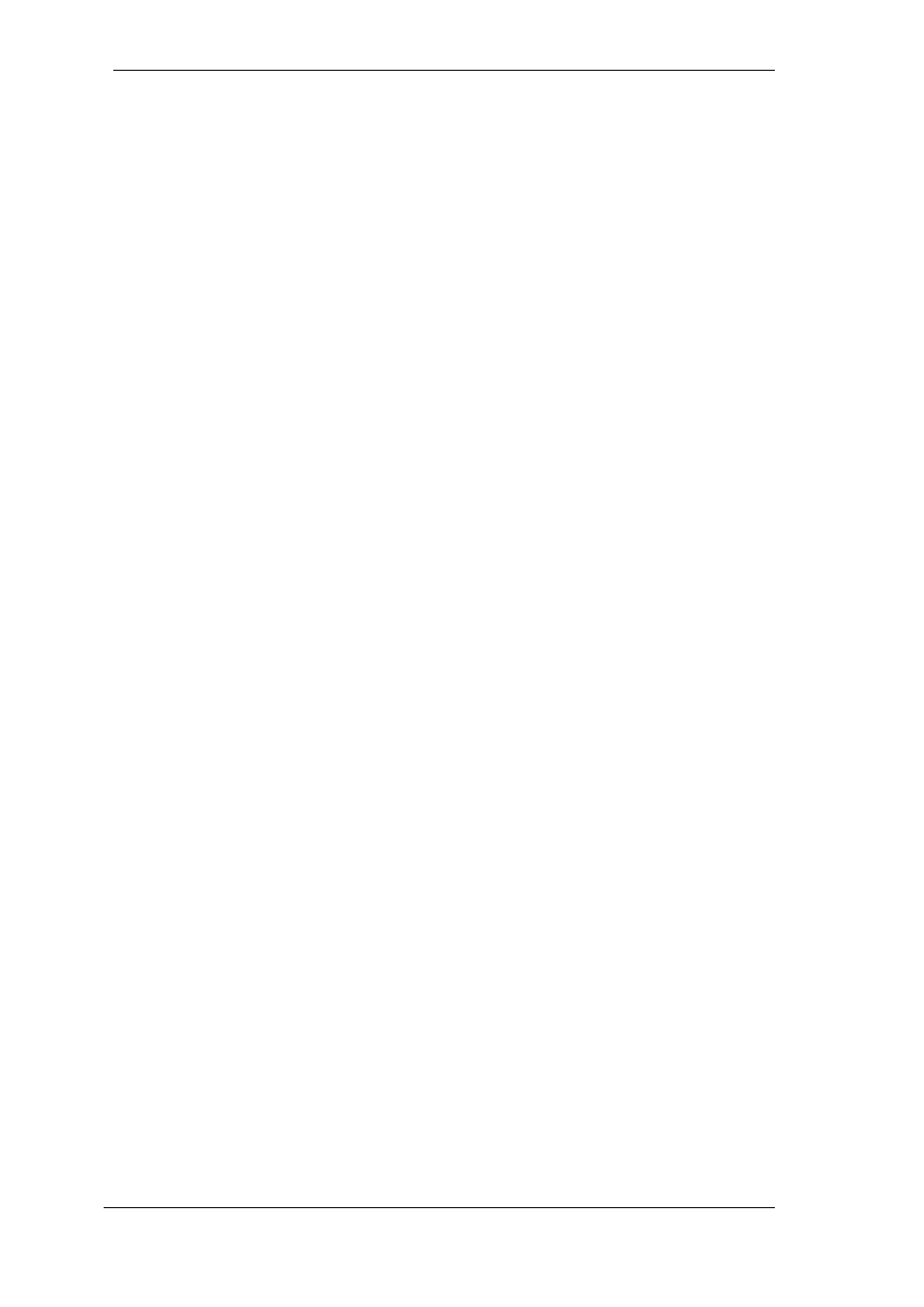RME Fireface UCX II 40-Channel USB-B Audio/MIDI Interface User Manual
Page 114

114
User's Guide Fireface UCX II
© RME
Furthermore this information can be used to operate an external USB drive without disturbing
the UCX II, by simply connecting the drive to the other controller.
Especially with notebooks it can happen that all internal devices and all the sockets/ports are
connected to the same controller, with the second controller not used at all. In that case all de-
vices have to use the same bus and will interfere with each other.
40.4 DS - Double Speed
Sample rates above 48 kHz were not always taken for granted, and are still not widely used be-
cause of the CD format (44.1 kHz) dominating everything. Before 1998 there were no receiv-
er/transmitter circuits available that could receive or transmit more than 48 kHz. Therefore a
work-around was used: instead of two channels, one AES line only carries one channel, whose
odd and even samples are being distributed to the former left and right channels. By this, you
get the double amount of data, i. e. also double sample rate. Of course in order to transmit a
stereo signal two AES/EBU ports are necessary then.
This transmission mode is called
Double Wire
in the professional studio world, and is also
known as
S/MUX
(Sample Multiplexing)
in connection with the multichannel ADAT format.
Because the ADAT interface does not allow for sampling frequencies above 48 kHz (a limitation
of the interface hardware), the Fireface UCX II automatically uses
Sample Multiplexing
in DS
mode. One channel's data is distributed to two channels. As the transmission of double rate
signals is done at standard sample rate (Single Speed), the ADAT outputs still deliver a 44.1 kHz
or 48 kHz carrier.
40.5 QS
– Quad Speed
Due to the small number of available devices that use sample rates up to 192 kHz, but even
more due to a missing real world application (CD...), Quad Speed has had no broad success. An
implementation of the ADAT format as double S/MUX (S/MUX4) results in only two channels per
optical output. Devices using this method are few.
In earlier times the transmission of 192 kHz had not been possible via Single Wire, so once
again sample multiplexing was used: instead of two channels, one AES line transmits only one
half of a channel. A transmission of one channel requires two AES/EBU lines, stereo requires
even four. This transmission mode is being called
Quad Wire
in the professional studio world.
Because the ADAT interface does not allow for sampling frequencies above 48 kHz (a limitation
of the interface hardware), the Fireface UCX II automatically uses
Sample Multiplexing
in QS
mode. One channel's data is distributed to four channels. As the transmission of quad rate sig-
nals is done at standard sample rate (Single Speed), the ADAT outputs still deliver a 44.1 kHz or
48 kHz carrier.